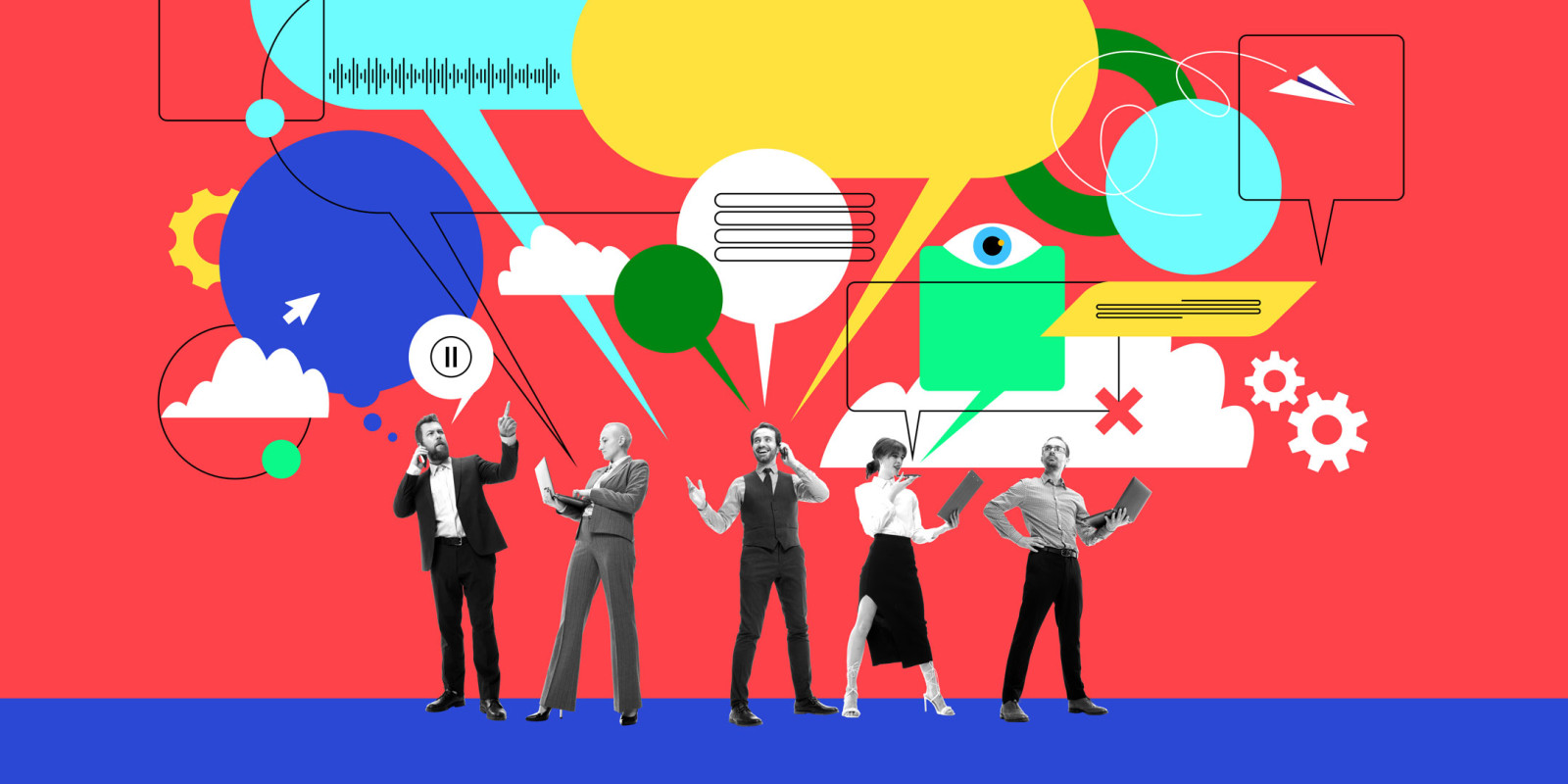What does great digital content look like today?
Published May 28, 2024 – By Tim Turner

In a continually evolving digital marketing landscape, the definition of great content is evolving as well. As we navigate through the intricacies of social media, interactive experiences and the fusion of AI-driven optimisation with human creativity, the question of what constitutes exceptional digital content is something that we, as a creative content marketing agency, are constantly debating.
Digital content in the age of dispersal
I’ve been working in this industry long enough to remember when ‘content’ almost exclusively meant written articles that were published in newspapers, magazines or brochures. But the days when content was mostly paper-based are long gone. Today, it’s scattered across a broad digital ecosystem, spanning various social channels, platforms and devices to cater for a wide range of audiences.
A modern digital content strategy acknowledges this dispersion and tailors its messages to resonate effectively across diverse touchpoints. It transcends the confines of a single platform, adapting seamlessly to the nuances of each channel while maintaining a cohesive brand narrative through quality content.
Our brand positioning campaign for GMAC (a global association of leading graduate business schools that runs the premier exam for entry to MBA courses) showed how this multi-platform approach could work in practice. GMAC’s flagship exam, the GMAT, had been updated and improved, and it needed to promote it to a broad audience that spanned the US, Canada, Europe and India in particular.
To bring the campaign to life, we created fresh new designs and a distinctive visual identity that we rolled out across a huge range of digital assets (there were over 400 individual items in total), from animated ads and social media assets to infographics, video content, emailers, blogs and flyers. The content strategy was to create a campaign that started by generating brand awareness among the target audience of potential candidates, and then led to active engagement and even practical help for applicants, delivered in the form of assets such as study planners and guides to the different sections of the exam. But the most popular assets were the videos we created to promote the new GMAT and explain what had changed, which had racked up over 10 million views by the end of their first year online.
Embracing interactivity
Interactivity lies at the heart of engaging digital content experiences. Great content invites active participation, sparking meaningful conversations and forging deeper connections with the audience. Whether it’s through interactive polls, immersive storytelling techniques or gamified experiences, interactivity transforms passive consumers into active participants, fostering a sense of belonging and engagement.
One of my favourite projects from all my years at Wardour was a great example of gamification. British Airways (BA) was introducing a new plane to its fleet, the A380, and it wanted to get its workforce of 38,000 people worldwide (ranging from cabin crews to baggage handlers to mechanics) excited and generate a buzz.
As a content marketing firm, our solution was to create a competition where BA staff could use a simple online interface to decorate the interior and exterior of an A380 with icons and colours, creating their own customised airliner. Over 5,000 BA staff entered, with the winners including a fuselage decorated with the London skyline and a plane that looked like an orca. The feedback from the target audience was that they really enjoyed the game, and BA reported that engagement with the new plane was outstanding.
The power of video content
In an era dominated by visual stimuli, video has emerged as the most potent medium for storytelling – particularly when targeting the younger, screen-obsessed generation known as Generation V. The best digital content harnesses the power of video to captivate the audience, delivering compelling narratives that resonate on both emotional and intellectual levels. From short-form snippets to long-form documentaries, video content brings ideas to life with unparalleled vividness and impact.
We regularly used the power of visual content in our work with the British Heart Foundation (BHF), never more so than in our film telling the story of Nic Jennings, who was living with severe heart problems. A planned shoot at his home had to be cancelled when his condition worsened and he was hospitalised while he waited for a heart transplant.
Now we had a new story to tell – a story about what life is like with a serious heart condition, waiting for a life-saving operation. So we liaised with the hospital to arrange to shoot the video there, ensuring there was no disruption to other patients. The result was an authentic, emotional film that really cut through with the BHF’s audience, amassing thousands of views on YouTube.
Great content invites active participation, sparking meaningful conversations and forging deeper connections with the audience.
Using AI to optimise content writing
Despite the growth of visual content, the written word remains a cornerstone of digital content strategy, albeit in a landscape increasingly shaped by AI-driven optimisation. Today’s content creator increasingly leverages AI tools to enhance the effectiveness of their written communication, from crafting attention-grabbing headlines and social media posts to optimising content for Google search. But, crucially, the essence of the text – the voice, tone and authenticity – is still crafted by human minds, infusing the content with depth and personality that algorithms alone cannot replicate. As I wrote in a blog post earlier this year, SEO-driven, AI-crafted copy is no substitute for powerful storytelling.
AI: a tool, not a replacement
The rapid integration of AI into content creation in the past couple of years has sparked debates about the role of technology in creative work. While AI undoubtedly offers unprecedented efficiency and scalability, its true value lies in complementing rather than supplanting human creativity. It empowers content creators like us to work smarter, automating mundane tasks and providing valuable insights that can inform our decision-making. However, at its core, great digital content remains a product of human ingenuity – the result of a combination of fearless creativity, imagination and empathy that machines cannot emulate.
Striking a balance
In today’s digital landscape, great content marketing transcends traditional boundaries, embracing interactivity and multimedia storytelling to create content that inspires, entertains, and resonates with its target audience on a profound level.
To create high quality content that cuts through requires striking a delicate balance between automation and authenticity, data-driven insights and creative intuition. It entails harnessing the capabilities of AI to streamline processes, optimise performance and unlock new possibilities, while staying true to the essence of human storytelling. It’s about embracing technology as an enabler of creativity rather than a substitute for it, taking advantage of its potential to amplify the innate human capacity for innovation and expression.
To find out how Wardour can support your digital content, email hello@wardour.co.uk.
Related insights articles
Stay ahead of the curve
Sign up to our emails

